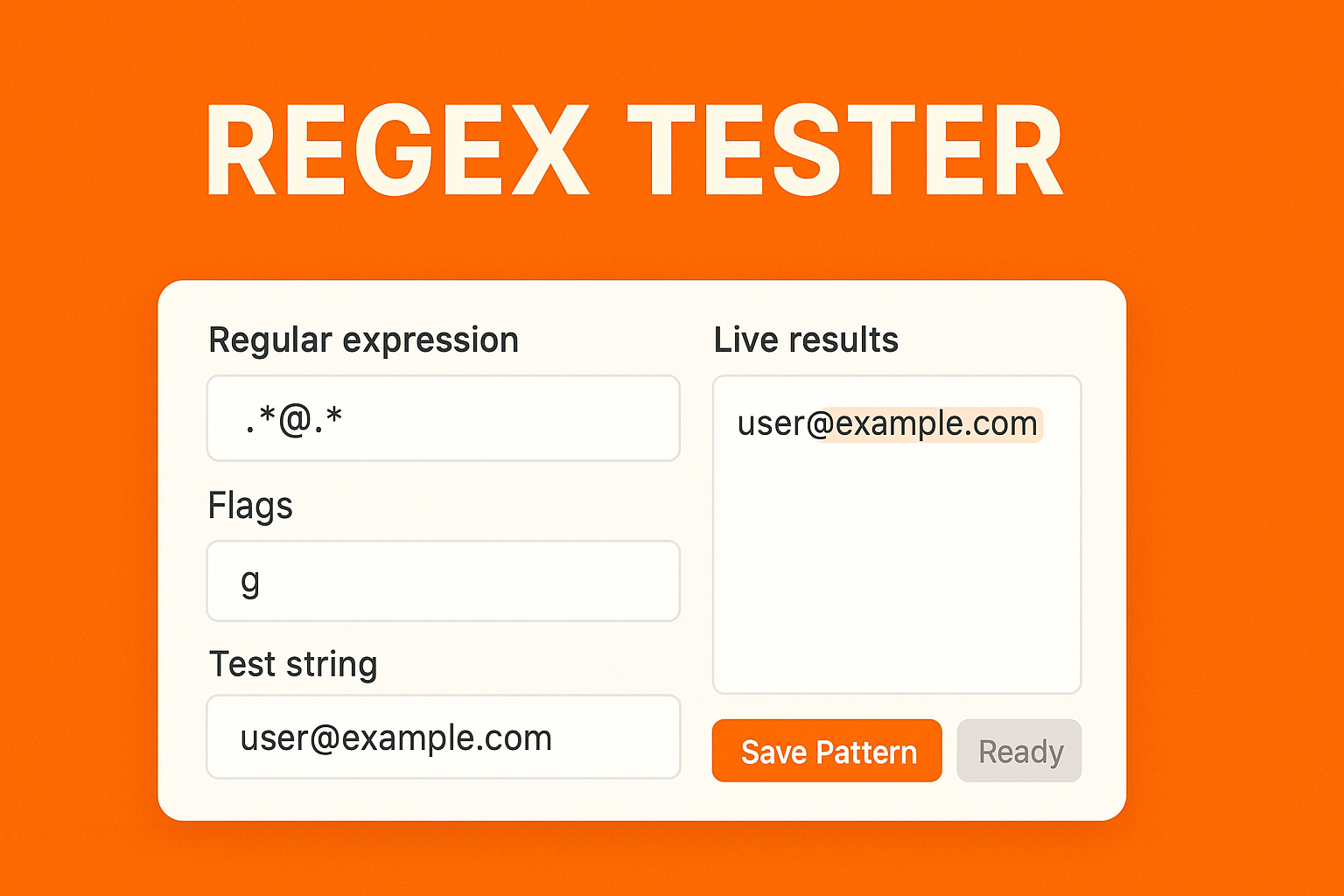- Home
- /
- Product Management
- /
- Exploring Unintended Consequences
Introduction
In this article, we’ll dive deep into fascinating concepts where well-intended actions unexpectedly backfire i.e. Unintended Consequences. You may have heard of the Cobra Effect, but there are many other phenomena that illustrate the same principle. Understanding these concepts can save you from making costly mistakes, whether in business, policy-making, or everyday life.
The Cobra Effect: A Deadly Miscalculation
Let’s start with the Cobra Effect. Originating from British India, this term is used to describe how solutions to problems can backfire spectacularly. In an effort to reduce the number of venomous cobras in Delhi, the British government offered a bounty for every dead cobra. Initially, this policy seemed to work. However, some enterprising individuals began breeding cobras just to collect the bounty. When the government realized what was happening, they scrapped the bounty program, leading breeders to release the now-worthless cobras. The result? A bigger cobra problem than before.
Example

In French colonial Vietnam, the government tried to reduce the rat population in Hanoi by offering bounties for rat tails. Instead of killing the rats, people started cutting off their tails and releasing them, allowing the rats to breed and produce more tails. Some even started breeding rats to increase their income. The initiative backfired, leading to an even bigger rat problem—an example of the Cobra Effect.
The Streisand Effect: When Censorship Backfires
Another well-known concept is the Streisand Effect, named after singer Barbra Streisand. In 2003, she attempted to suppress photos of her Malibu home from being published online. However, the legal action drew more attention to the photos, making them go viral. This effect highlights how attempts to hide or censor information can often lead to greater exposure.
Example

In 2009, an author tried to remove negative reviews of her book from online platforms. Instead of disappearing, the reviews multiplied as the story gained traction online.
The Boomerang Effect: Persuasion Gone Wrong
The Boomerang Effect occurs when attempting to persuade someone results in them taking the opposite position. It’s commonly seen in political campaigns or advertising. For instance, a public service announcement warning against smoking might inadvertently increase curiosity and rebellion among teenagers, leading to more smoking.
Example

During the 2016 U.S. presidential campaign, certain negative advertisements against Donald Trump seemed to strengthen his support base rather than weaken it.
The Law of Unintended Consequences: The Unknown Unknowns
The Law of Unintended Consequences suggests that any action, especially in complex systems, will have effects that are unexpected. These can be positive, negative, or neutral. The origin of this concept is attributed to sociologist Robert K. Merton, who identified various types of unanticipated consequences.
Example

Prohibition in the United States aimed to eliminate alcohol consumption but instead led to the rise of organized crime, bootlegging, and speakeasies.
Goodhart’s Law: Metrics Gone Awry
Goodhart’s Law states, “When a measure becomes a target, it ceases to be a good measure.” Originally articulated by economist Charles Goodhart, this law warns that once you set a target based on a specific metric, people start gaming the system to meet the target, thereby undermining the original purpose.
Example

In the Soviet Union, nail factories were rewarded based on the weight of nails produced. Factories responded by making heavy, unusable nails, thus defeating the purpose of the metric.
Jevons Paradox: Efficiency Isn’t Always Effective
Jevons Paradox is named after the 19th-century economist William Stanley Jevons, who observed that improvements in the efficiency of coal use led to increased, rather than decreased, consumption. The paradox suggests that as technological improvements make the use of a resource more efficient, overall consumption of that resource can actually increase.
Example

The introduction of energy-efficient LED bulbs was supposed to reduce energy use, but instead, people began using more lights and leaving them on longer, leading to higher overall energy consumption.
The Peltzman Effect: Safety Measures Gone Wrong
The Peltzman Effect argues that safety regulations can lead to riskier behavior, offsetting the benefits of the safety measures. Named after economist Sam Peltzman, this effect is particularly relevant in the context of seatbelt laws. While seatbelts do save lives, their mandatory use has been associated with more aggressive driving behavior.
Example

In the 1980s, studies showed that while seatbelt laws reduced fatalities in car accidents, they also led to an increase in pedestrian deaths, as drivers became more reckless.
Campbell’s Law: Corruption in Social Indicators
Campbell’s Law, which is related to Goodhart’s Law states that “The more a quantitative social indicator is used for decision-making, the more subject it will be to corruption pressures.” Named after psychologist Donald T. Campbell, this law explains how over-reliance on metrics can lead to manipulation and corruption.
Example

Standardized testing in schools is meant to assess student performance, but it has led to teaching to the test, cheating scandals, and an overall narrowing of the curriculum.
Moral Hazard: Risky Behavior Encouraged by Protection
When one party is protected from risk, Moral Hazard arises because their behavior deviates from what it would be if they were totally exposed to the risk. This concept is widely discussed in economics, particularly in the context of insurance and financial bailouts.
Example

During the 2008 financial crisis, banks that were bailed out by the government took on even riskier behavior afterward, knowing they might be rescued again.
Perverse Incentive: Encouraging the Wrong Behavior
A Perverse Incentive occurs when a policy or incentive unintentionally encourages undesirable behavior. This often happens when the incentives are too narrowly focused or misaligned with broader goals.
Example

In the 19th century, British colonial administrators in India offered a bounty for every dead rat. Similar to the Cobra Effect, this resulted in humans breeding rats in order to kill them and get the reward.
Tragedy of the Commons: Overusing Shared Resources
The Tragedy of the Commons describes a situation where individuals, acting in their own self-interest, deplete shared resources, leading to long-term collective loss. Garrett Hardin, an ecologist, popularized the idea in 1968.
Example

Overfishing in the world’s oceans is a classic example of the Tragedy of the Commons. While each fisherman benefits from catching more fish, the collective result is the depletion of fish stocks.
Gresham’s Law: Bad Drives Out Good
According to Gresham’s Law, “Bad money drives out good.” This law, named for Sir Thomas Gresham, is based on the finding that the currency with the lower intrinsic value tends to circulate more extensively than the other when two types of currency with the same face value but different intrinsic values are in circulation.
Example

In medieval Europe, when governments debased coins by reducing their precious metal content, people hoarded the older, more valuable coins and spent the debased ones, leading to a decline in the overall quality of the currency in circulation.
Paradox of Thrift: Saving Can Hurt the Economy
The Paradox of Thrift suggests that while saving money is good for individuals, if everyone saves more during a recession, it can lead to a decrease in aggregate demand, making the recession worse. This paradox is rooted in Keynesian economics.
Example

During the Great Depression, as people saved more out of fear, demand for goods and services plummeted, leading to even higher unemployment and deeper economic woes.
Laffer Curve: The Tax Rate Sweet Spot
The link between tax rates and tax revenue is represented by the Laffer Curve, which bears the name of economist Arthur Laffer. It suggests that there is an optimal tax rate that maximizes revenue. Beyond this point, higher taxes can reduce revenue by discouraging work and investment.
Example

The Reagan administration in the United States in the 1980s implemented tax cuts based on the Laffer Curve, arguing that lower tax rates would stimulate economic growth and increase revenue. The results were mixed, sparking ongoing debate about the curve’s applicability.
Risk Compensation: The Irony of Safety
Risk Compensation is the theory that states that people change their behavior in response to the perceived level of risk. When they feel more protected, they may take greater risks, which can lead to unintended consequences.
Example

The introduction of anti-lock braking systems (ABS) in cars was expected to reduce accidents. However, some studies showed that drivers with ABS took more risks, leading to a smaller reduction in accidents than anticipated.
Peter Principle: Climbing to Incompetence
According to the Peter Principle, in a hierarchy, employees are promoted based on their performance in previous roles until they reach a position of incompetence. Dr. Laurence J. Peter introduced this concept in his 1969 book, “The Peter Principle.”
Example

In many organizations, skilled technical employees are promoted to management roles where they may lack the necessary leadership skills, leading to inefficiency and reduced morale.
Conclusion

These concepts, from the Cobra Effect to the Peter Principle, serve as important reminders of the complexities and unintended consequences that can arise from our actions. Whether you’re a policymaker, business leader, or just someone trying to navigate daily life, understanding these phenomena can help you make more informed decisions and avoid common pitfalls. Remember, the road to unintended consequences is often paved with good intentions.
By recognizing and planning for these potential outcomes, you can avoid the traps that have ensnared so many before.
Enjoyed this article? Dive deeper into entrepreneurship with our detailed guide—check it out here. Plus, explore our curated resources on entrepreneurship right here.




















Leave a Reply